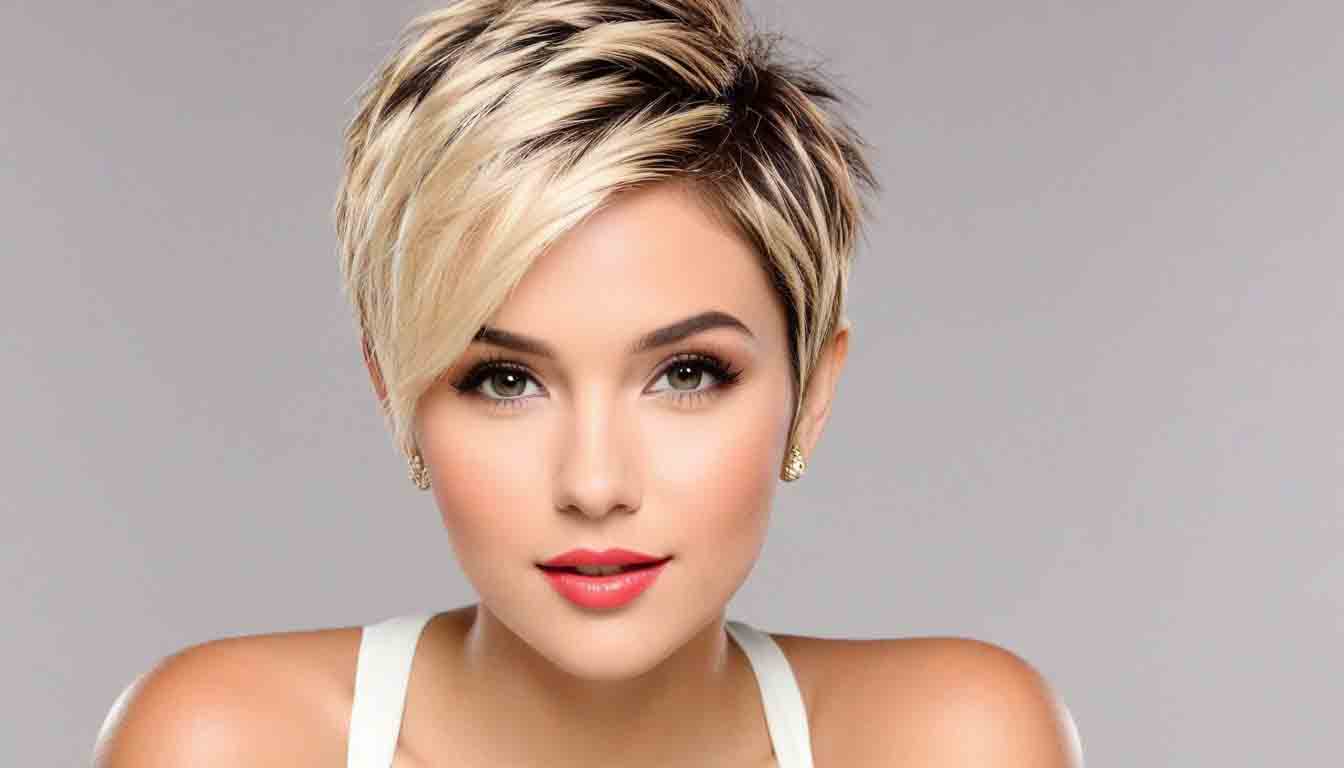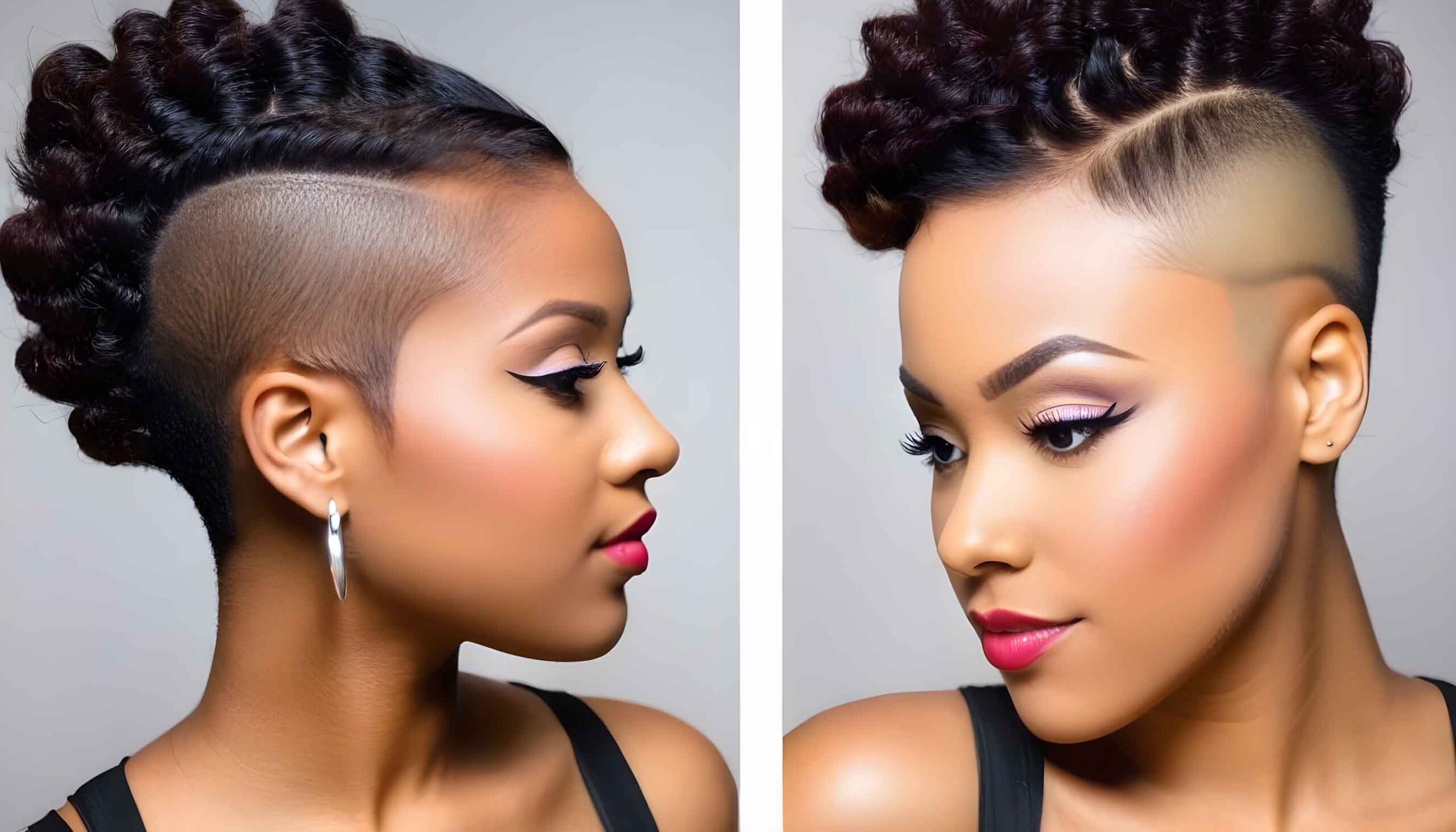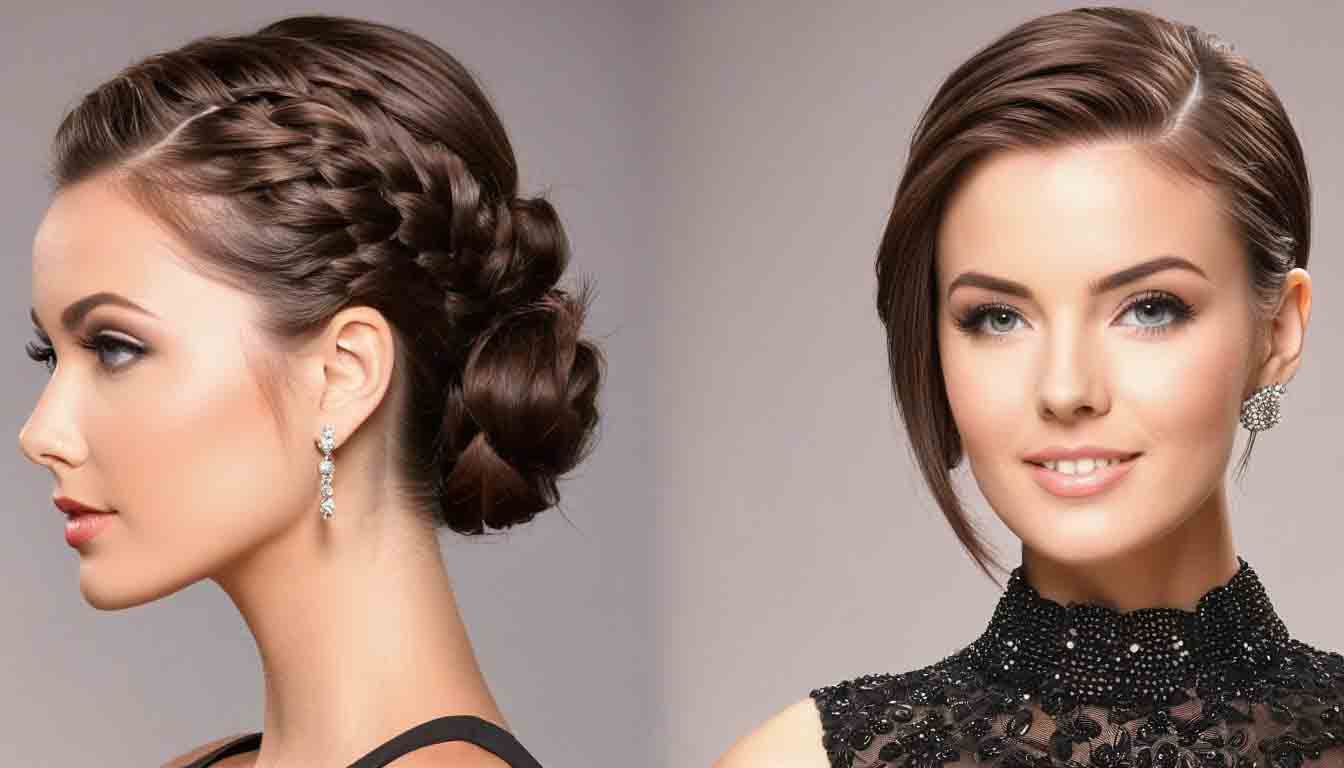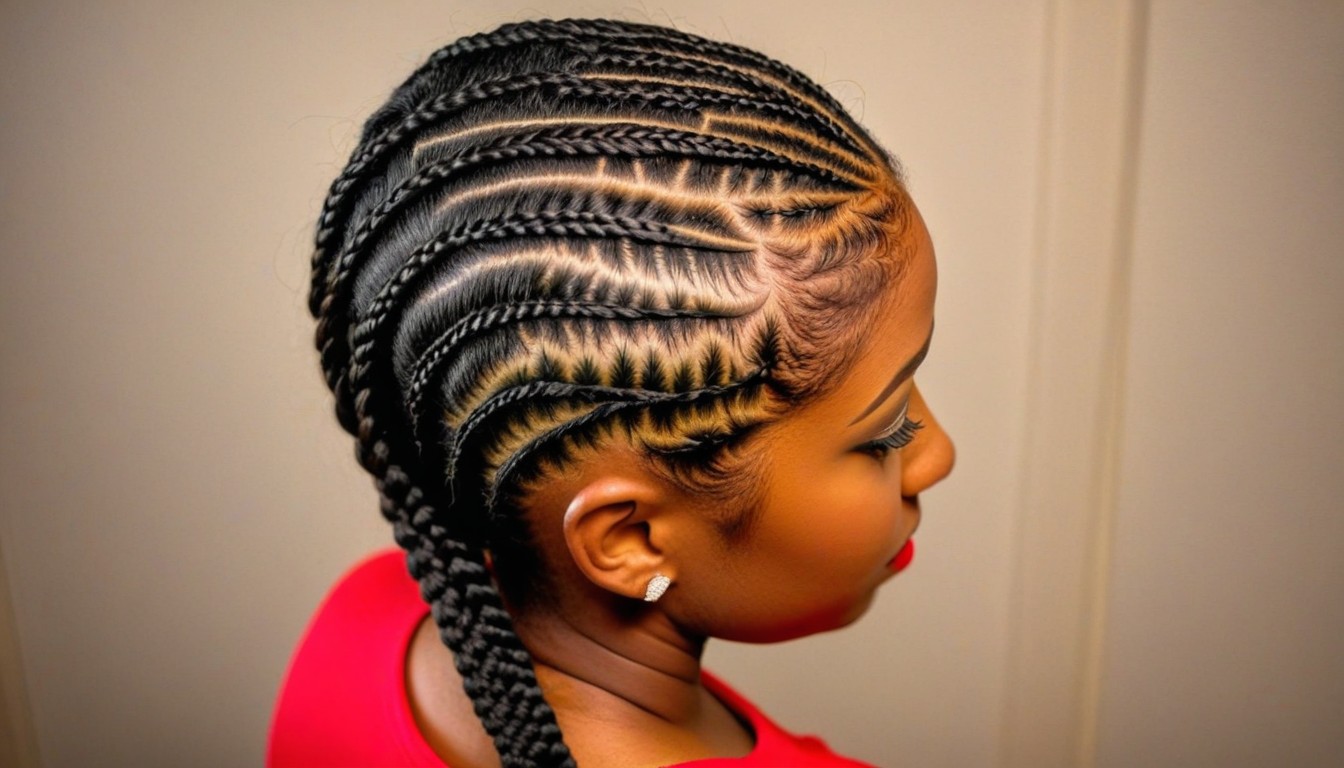Textured Temptation: Elevate Your Style with the Trendsetting Textured Pixie!
The textured pixie cut refers to a type of pixie hairstyle that incorporates chopped, layered textures throughout the short hair. This creates extra movement and dimension, taking the pixie cut beyond one uniform length.
What is a Textured Pixie Cut?
A textured pixie cut is characterized by:
- Very short sides and back, tapered close to head
- Slightly longer layers on top from 1-3 inches
- Lots of feathered, piecey layers cut throughout
- Effortless separated textures with airiness
- Soft choppy ends instead of bluntness
- Light wispy fringe grazes the forehead
- Adds fun flirty movement to short hair
Textured pixies are an artfully disheveled pixie variation that adds tons of volume and personality to a short cut.
Benefits of Textured Pixie Cuts
There are many advantages to choosing a textured pixie cut:
- Airy, tousled texture adds interest
- Softens the pixie cut dramatically
- Creates natural volume at the roots
- Movement and flow for dimension
- Highlights natural waves or curls
- Fun, flirty, casual vibe
- Easy style maintenance
- Trendy modern short cut
- Expressive of unique personal style
Best Candidates for a Textured Pixie
The textured pixie flatters:
- Oval, heart, diamond face shapes
- Small dainty features
- Straight, wavy or lightly curly hair
- Fine to medium density hair
- Highlighted hair with blended tones
- Feminine personal style
- Low-maintenance lifestyles
- Free spirited personalities
Not Ideal for Textured Pixies
The pixie’s exposed scalp and bold buzzed sides may not suit:
- Long, round or square face shapes
- Very large or angular features
- Highly coiled natural curls
- Thin, wispy hair (may accentuate thin spots)
- Unblended/distracting highlights
- Tomboyish personal style
- Ultra conservatively professional environments
- Those who dislike maintaining short hair
Styling a Textured Pixie Cut
A textured pixie offers versatile styling options:
Air Dried Texture
Allow pixie to air dry naturally upside down, then finger fluff for tousled texture.
Piecey Side Part
Create a deep side part and tease hair on heavier side for extra volume.
Tousled Curls
Enhance waves with sea salt spray and scrunch up while drying.
Spiked Pixie
Work styling gel through layers and spike up pieces for edgy height.
Sculpted Swoop
Smooth fringe across forehead bending the ends back lightly at corners.
Accessorize
Add flair with geometric hair clips or jeweled bobby pins.
Messy Fauxhawk
Sweep longer top layers up into a textured faux mohawk shape.
Caring for a Textured Pixie
Though low-maintenance overall, textured pixies need some TLC:
- Use volumizing shampoo/conditioner – Pump up fine hair.
- Limit washing – Only shampoo 1-2 times per week to avoid drying hair.
- Condition ends – Use leave-in treatments to hydrate pixie ends.
- Air dry when possible – Allow natural texture to emerge.
- Enhance waves – Scrunch in salt spray if desired.
- Preserve color – Use gentle sulfate-free shampoos.
- Protect with heat – Always prep with thermal spray before hot tools.
- Trim regularly – Get cuts every 4-6 weeks to prevent shagginess.
Pros and Cons of Textured Pixies
The tousled pixie has both advantages and disadvantages:
Pros
- Light airy volume and flow
- Softens the pixie cut
- Ideal for natural waves
- Trendy and feminine
- Low day-to-day maintenance
- Expression of free spirit
- Youthful flirty effect
- Great option for fine hair
Cons
- Never has a “perfect” put-together look
- Must embrace the choppy texture
- Requires confident boldness to wear
- Can read as “messy” if overdone
- Needs regular trims
- Won’t work for highly coiled curls
- Not suited for thin, patchy hair
Is a Textured Pixie Right for You?
Consider these factors when deciding if a textured pixie is a good match:
- Is your face shape and features enhanced by short cropped sides?
- Do you have the hair density and texture that won’t be overwhelmed by short layers?
- Does your personality embrace bold, artfully undone hairstyles?
- Are you committed to maintaining the tousled texture with products?
- Do you prefer low-fuss hair you don’t have to style heavily each day?
- Are you willing to get trims frequently to keep the layers fresh?
- Do you want a feminine update to the traditional pixie cut?
- Will a trendy textured pixie align with your workplace or lifestyle?
- Are you ready to stand out with this edgy short cut?
If you answered yes, then the textured pixie could be the right short style for you! Consult a stylist to ensure the cut will complement your features. Then embrace this modern cropped look.
Conclusion
For women seeking a daring short cut with attitude, the textured pixie delivers beautiful dimension and flow to the traditional pixie shape. The shattered textures create tons of volume while still keeping a feminine asymmetry. When properly cut and styled, textured pixies give off an irresistible blend of bold confidence and carefree charm. Reclaim your style autonomy and turn heads with this versatile cropped look!
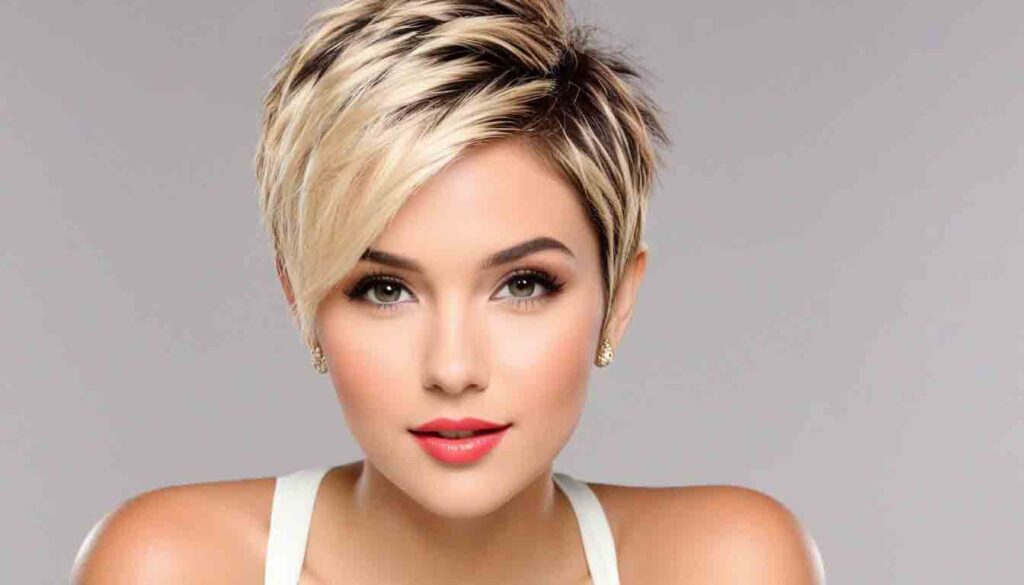
Frequently Asked Questions About Textured Pixies
What hair type works best for textured pixies?
Medium to thick straight or wavy hair can hold the layered texture best. Thin, limp hair risks collapsing. Tight curls also have difficulties retaining definition when textured too extremely. Have your stylist assess hair density and texture first.
How short are textured pixie cuts?
The back and sides are typically buzzed short to the scalp in a textured pixie cut. The top layers left longer fall approximately 2-4 inches long, with shorter face framing fringe around the eyes. Leaving enough length up top is key.
What face shape suits a textured pixie best?
The textured pixie flatters oval, heart, diamond and long face shapes beautifully. The wispy texture and side swept fringe compliments delicate balanced features. Avoid severely geometric shapes and very prominent features.
How often should you trim a textured pixie?
Plan to visit your stylist to trim and refine your textured pixie every 4-6 weeks. The layering grows out quickly, causing the pixie shape to deteriorate into shagginess rapidly. Frequent trims maintain the tousled yet precise shape.
Should you layer curly hair in a pixie cut?
Yes, layering helps reduce the density allowing curls to spring up in a textured pixie. Avoid blunt cuts on curly pixies which can expand into a shapeless triangle. But don’t overlayer—simply point cut curls vertically to remove bulk while maintaining length.
How do you spike a pixie cut?
Apply gel or wax to dry pixie hair. Concentrate on the longer top layers. Use your fingers or a comb to lift sections straight up and out from the head, pressing roots up to maximize lift. Let pieces fall naturally for added texture.
Can you wear a pixie cut without bangs?
Absolutely. A pixie looks great pushed back off the face without bangs or fringe. Eliminating the forehead coverage showcases eyes as the focal point. Have your stylist cut slightly longer face framing front layers to sweep back stylishly.
How do you cut pixie layers at home?
Section dry hair cleanly, isolating top layers. Point cut into longer pieces with texturizing shears vertically. Remove small amounts, checking length frequently. Feather ends lightly under and around ears. Cross check sides for evenness. Blend with razor notching or slide cutting.
What length pixie works for round faces?
Round faces suit pixies with added height and volume on top to elongate the face. Styled swept up and back helps too. Keep sides cropped close but leave 3-4 inches on top to style up. An angled pixie with longer side fringe softens roundness.
What products work best for textured pixies?
The best textured pixie products offer pliable hold with texture, like sea salt sprays, texturizing clays or waxes, dry shampoo, and volumizing powders. Also rely on heat protectant sprays when blow drying to avoid damage.

